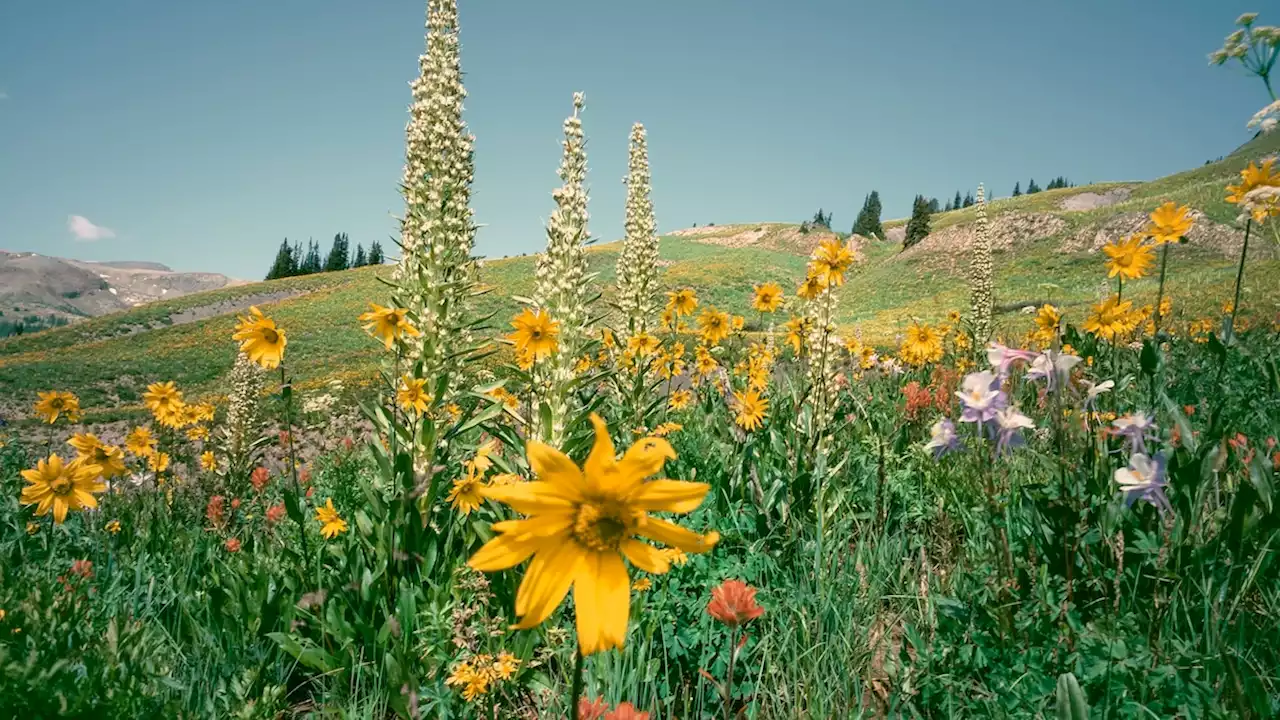Timing is everything in nature. Now, climate change is recalibrating centuries of patterns honed by evolution—and it's reshaping life for almost everything
considering a stranger had just swabbed his cheek. It was a cool, crisp evening in west-central Colorado, and the 11-month-old male yellow-bellied marmot had wandered into a metal cage trap. Now a couple of scientists sampled his DNA to measure how fast this fur ball was growing.
Marmots’ behavior is changing. Because of climate change, they now emerge from winter about a month earlier, which forces them to scrounge for food sooner. Yet most marmots, as researchers also would learn with Anchor, actually still wind up big and healthy. Early emergence gives them extra time to eat, which lets them get fatter and helps them produce more offspring.
Changes are discovered almost everywhere scientists look. The timing of leaf appearance and leaf dropping has already shifted dramatically across more than half the planet. Humpback whales in the Gulf of Maine are gathering 19 days later than they once did, while jack mackerel, hake, and rockfish are spawning earlier in the North Pacific. In North Dakota’s Red River Valley, scientists found 65 of 83 bird species arriving earlier, some by as much as 31 days.
“Try this,” he said, handing me the green leaf from a glacier lily. He popped a strand into his mouth, and I did the same, tasting earthy sweetness, like spinach. Inouye warned me with a sly smile to avoid the corn lilies, which contain toxic alkaloids that can make ewes birth lambs with a single centered eye, like a Cyclops. Nearby, graduate students counted bumblebees by netting and loading them into plastic vials.
Initially, climate change played no part in his thinking. Over time, without intending to, Inouye and his colleagues in Gothic would compile one of the longest continuous detailed accounts of subalpine change on Earth—data so influential that it has become a sort of foundational text. We’re all part of a giant experiment. The potential for negative consequences is magnified. But the world may also surprise us.
Teasing apart so many disparate changes takes an incredible amount of work. Documenting what influences the schedule of each organism in a single ecosystem requires countless studies of a wide variety of nearby life. Through the years, Inouye has joined up or shared insights with hundreds of scientists. During my week in the valley, I witnessed a delightful cross section of their research, which merely highlighted the difficulty of predicting the future.
So barr measured things—temperature and snowfall and snow depth. He tracked moisture content and noted in spring when snow melted. He heard each year’s first birdsong and recorded his first marmot spotting. He jotted it all in notebooks. “I was just there, and I just wrote down what I saw,” he told me. “I mean, I had all day long.”
“I started working on his data, plotting his first-sighting data against his snowmelt data and snowpack data,” Inouye said. The relationship was clear. Snowmelt was a key trigger in alpine systems, kicking off an avalanche of timing changes. And it was a link discovered by happenstance—because a bored barr was a stickler for details and happened to live where Inouye was working.may reshape the field of phenology even more.
United States Latest News, United States Headlines
Similar News:You can also read news stories similar to this one that we have collected from other news sources.
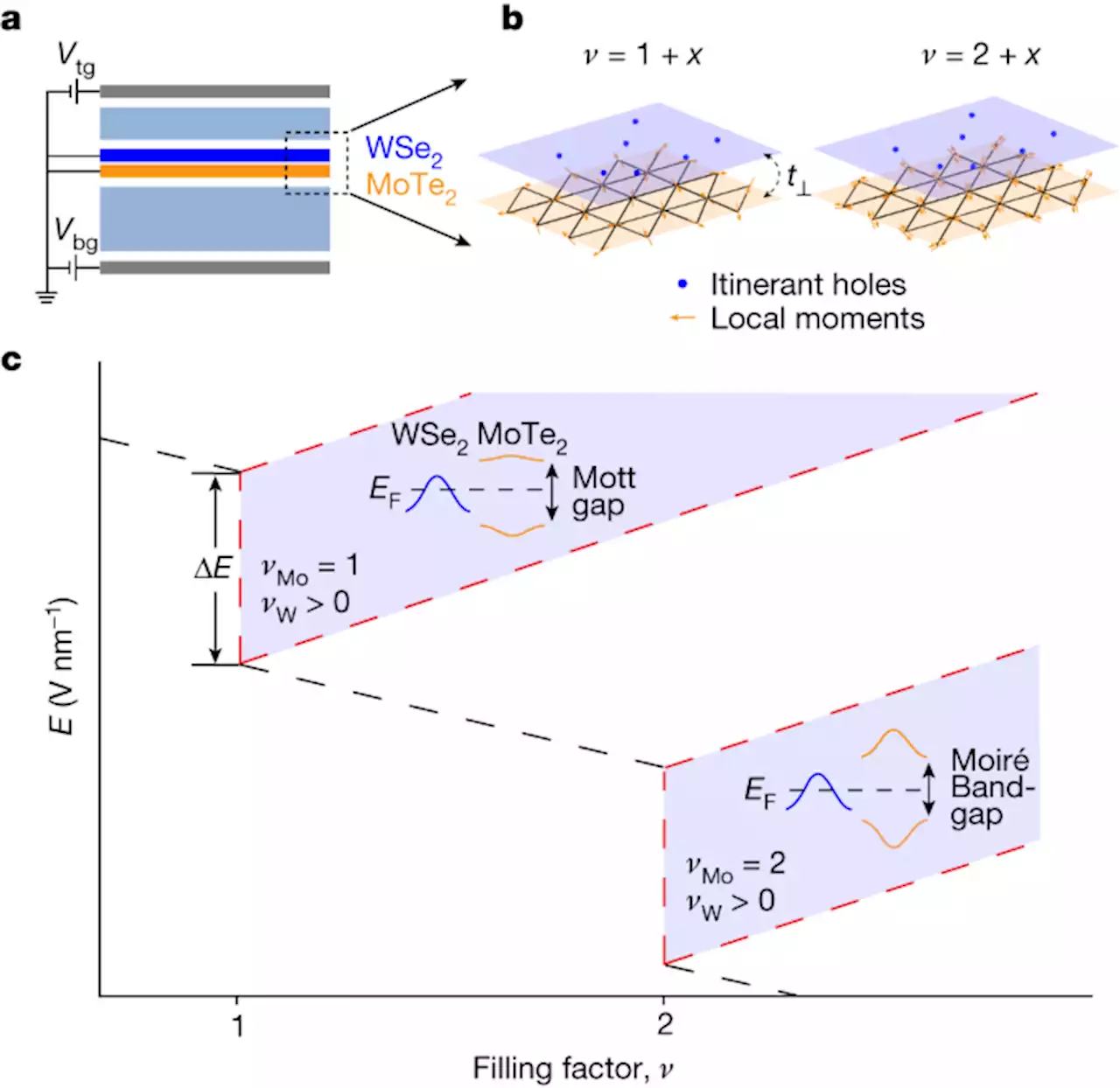 Gate-tunable heavy fermions in a moiré Kondo lattice - NatureA Kondo lattice was realized in AB-stacked MoTe2/WSe2 moiré bilayers and widely and continuously gate-tunable Kondo temperatures were demonstrated.
Gate-tunable heavy fermions in a moiré Kondo lattice - NatureA Kondo lattice was realized in AB-stacked MoTe2/WSe2 moiré bilayers and widely and continuously gate-tunable Kondo temperatures were demonstrated.
Read more »
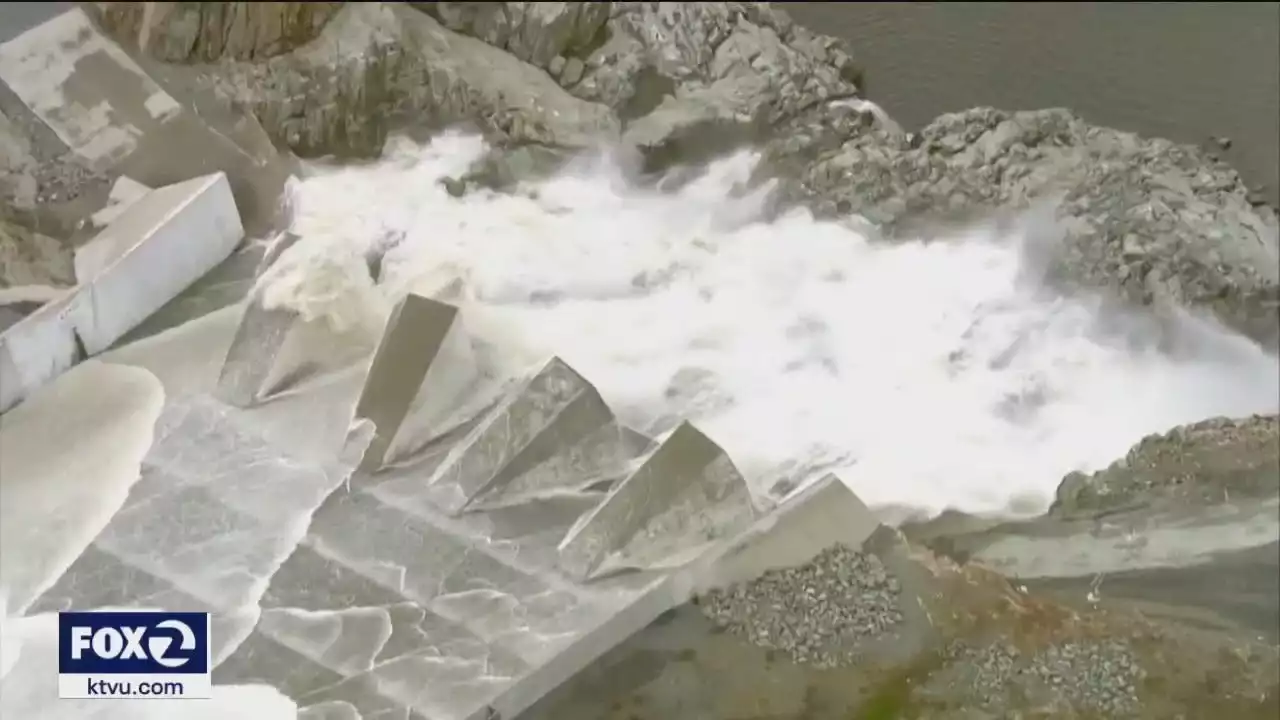 Reservoirs high stakes 'cat & mouse' game with Mother NatureWhile an abundance of water is making its way into California reservoirs, federal, state and local dam operators are worried about two uncontrollable things: more atmospheric rivers and a quick melt of the snowpack in the mountains.
Reservoirs high stakes 'cat & mouse' game with Mother NatureWhile an abundance of water is making its way into California reservoirs, federal, state and local dam operators are worried about two uncontrollable things: more atmospheric rivers and a quick melt of the snowpack in the mountains.
Read more »
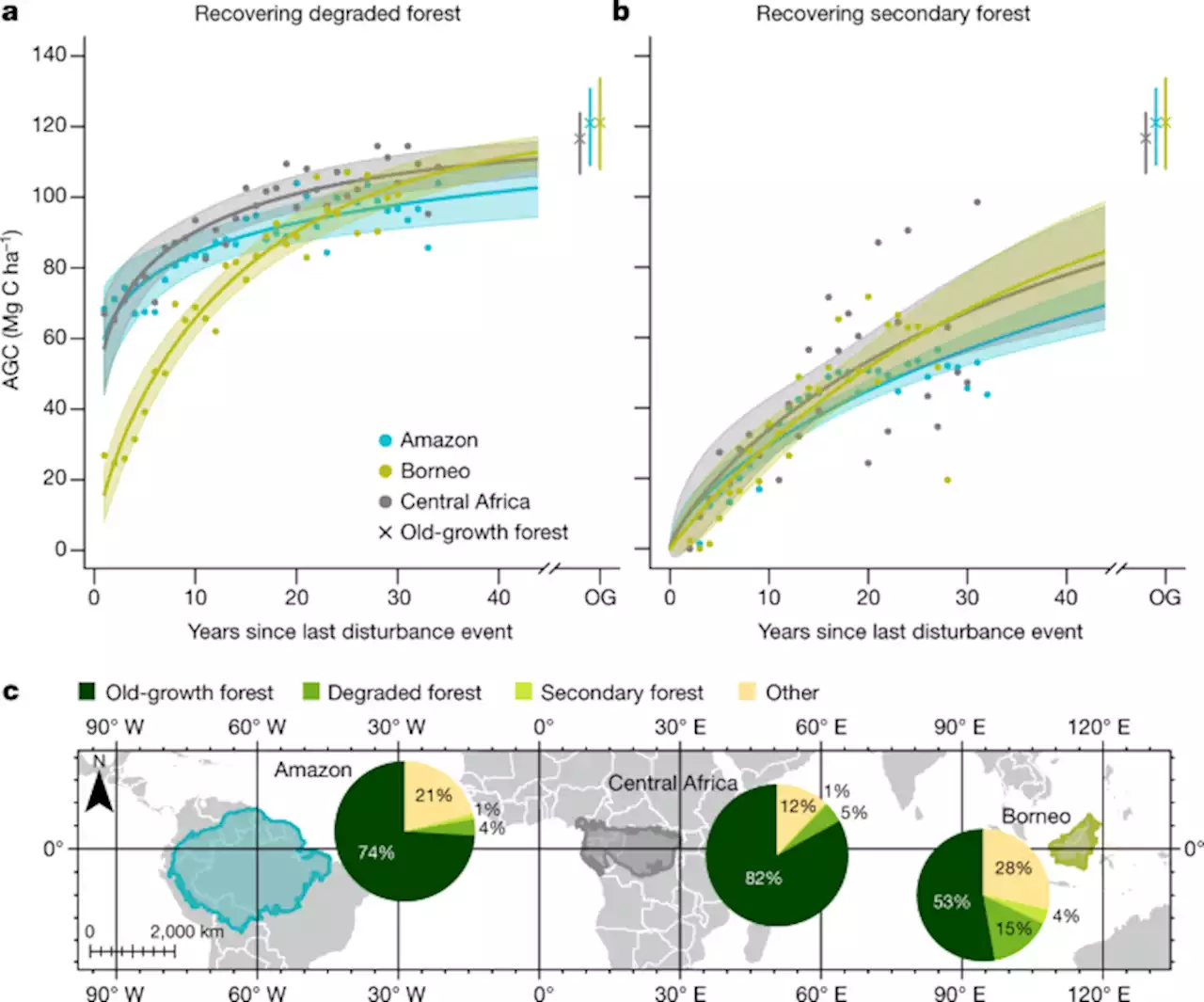 The carbon sink of secondary and degraded humid tropical forests - NatureAnalysis of satellite-based data on recovering degraded and secondary forests in three tropical moist forest regions quantifies the amount of aboveground carbon accumulated, which counterbalanced one quarter of carbon emissions from old-growth forest loss between 1984 and 2018.
The carbon sink of secondary and degraded humid tropical forests - NatureAnalysis of satellite-based data on recovering degraded and secondary forests in three tropical moist forest regions quantifies the amount of aboveground carbon accumulated, which counterbalanced one quarter of carbon emissions from old-growth forest loss between 1984 and 2018.
Read more »
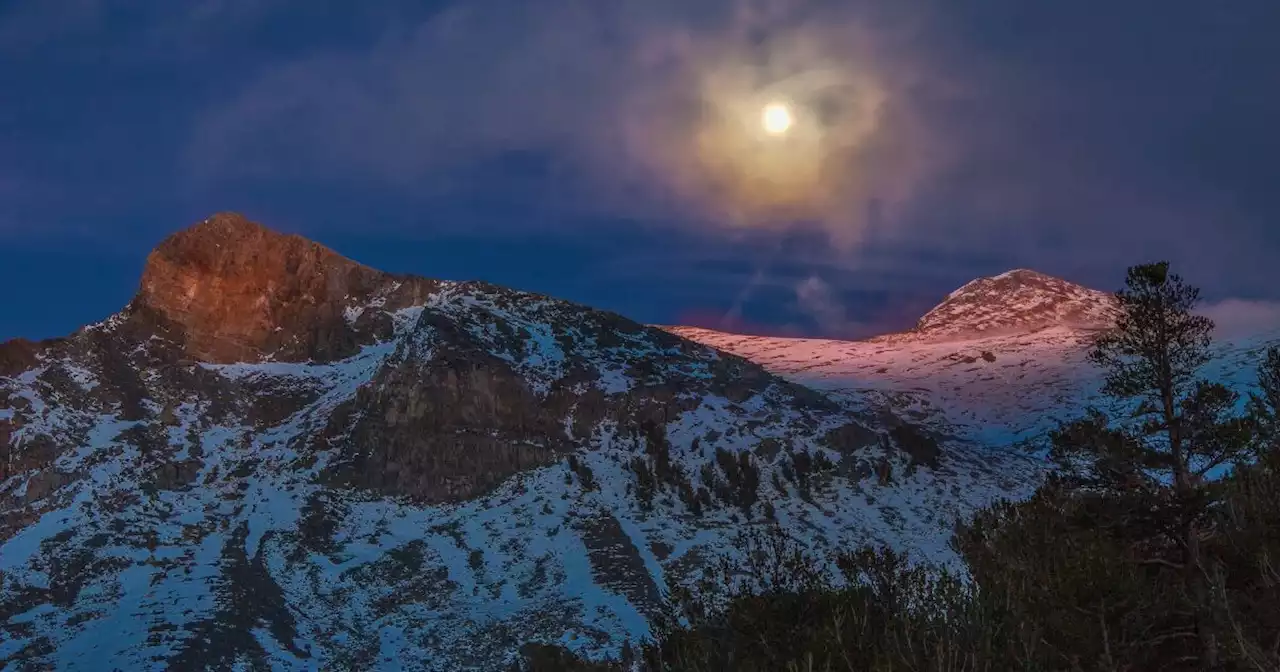 Column: Taking in nature through the ‘third dimension’ can be magicalColumn: Taking in nature through the 'third dimension' can be magical
Column: Taking in nature through the ‘third dimension’ can be magicalColumn: Taking in nature through the 'third dimension' can be magical
Read more »
 Spatial mapping of mitochondrial networks and bioenergetics in lung cancer - NatureA study describing an approach that combines imaging and profiling techniques to structurally and functionally analyse lung cancer in vivo, revealing heterogeneous mitochondrial networks and an association between bioenergetic phenotypes and mitochondrial organization and function.
Spatial mapping of mitochondrial networks and bioenergetics in lung cancer - NatureA study describing an approach that combines imaging and profiling techniques to structurally and functionally analyse lung cancer in vivo, revealing heterogeneous mitochondrial networks and an association between bioenergetic phenotypes and mitochondrial organization and function.
Read more »
 Venom sacs and spring-loaded caps: Best beware nature's most sophisticated stingersAnimals sting for two pretty straightforward reasons: to defend themselves and to catch prey. How they deliver them, though, can be pretty elaborate.
Venom sacs and spring-loaded caps: Best beware nature's most sophisticated stingersAnimals sting for two pretty straightforward reasons: to defend themselves and to catch prey. How they deliver them, though, can be pretty elaborate.
Read more »
